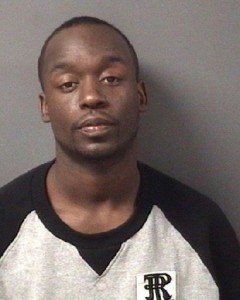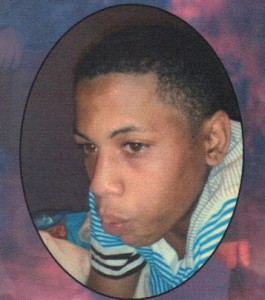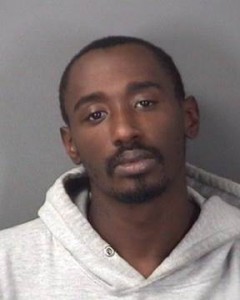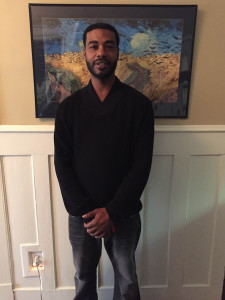A jury deliberated for a full day Wednesday without reaching a verdict in the murder trial of two men suspected of killing Mercer County corrections officer Carl Batie at a banquet hall in 2012.

Carl Batie
The 12-member panel reviewed surveillance footage that captured some of the action outside of the Baldassari Regency banquet hall on Nov. 11, 2012, when Bailey was struck in the head by a bullet while he stood on a packed balcony.
The authorities said at the time they believed the shooting was gang-related and that Batie was an innocent bystander.
The jury began deliberating the fate of suspected killers Maurice Skillman and Hykeem Tucker late Tuesday. They deliberated for less than 45 minutes before breaking for the day and returning to the courthouse Wednesday.
At 11 a.m., jurors passed Superior Court Judge Andrew Smithson a note indicating that they wanted to review tape of Tucker’s interrogation with Trenton Police Detective Scott Peterson.
During the interrogation, which lasts more than 30 minutes, Tucker is told he is being charged with Batie’s murder. He denied any involvement and repeatedly told the detectives he did not open fire on the crowd at the banquet hall.

Maurice Skillman
Jurors also questioned why prosecutors bombarded them with evidence they said appears to be irrelevant.
Earlier in the trial, Smithson criticized prosecutors for putting before the jury evidence that did not link Skillman or Tucker to Batie’s murder.
The evidence included several items of clothing tested for the suspects’ DNA, but that yielded no results or matched an individual named Edward Acosta.
It is not clear who Acosta is, and he was never charged with Batie’s murder. He may be a revelers who was at the banquet hall attending a re-election party for President Barack Obama.
Smithson told jurors it was up to them to decide how, if at all, the evidence fits into the case. He told them to rely on their recollections from closing arguments.
Over four weeks of testimony, prosecutors called 17 witnesses to the stand, including Peterson, the lead detective who guided jurors through surveillance tapes depicting the interior, exterior and parking lot of the banquet hall.
Peterson told jurors he identified Skillman as the shooter and Tucker as his accomplice after reviewing more than 30 hours of footage downloaded from the banquet hall’s surveillance system.
Peterson referred to Skillman and Tucker, respectively, as “Tall Guy” and “Varsity Jacket” throughout the trial, referring to their height and clothing.
Defense attorneys contend that police misidentified their clients as the killers, and put on a third-party guilt defense blaming an alleged Bloods gang member, Shaquel Rock, or his associates, for killing Batie.

Hykeem Tucker
Rock threaten to shoot up the banquet hall after he was denied entrance the club earlier in the night.
Defense attorneys also pointed to a varsity jacket and gray and blue hooded sweatshirts that were found by investigators inside a champagne-colored vehicle belonging to Rock’s cousin, Edgar Williams.
Peterson testified he eliminated Rock as a suspect because he didn’t fit a physical description of the shooter. Rock was shorter and wore a white sweater whereas the shooter was described as taller and wearing a dark-colored sweater.
Before breaking for the day, jurors asked to see video depicting two men getting in and out of a white conversion van.
Prosecutors said Skillman and Tucker used the conversion van as a getaway car following the shooting.
Prosecutors contend that Skillman used a TEC-9 stowed in a separate van that was parked near the banquet hall.
Two men are seen on tape getting in and out of that van shortly before the shooting, but it’s unclear if either of them have anything in their hands.
Defense attorneys called an expert in forensic engineering to the stand to testify about the poor quality of the video surveillance, which prosecutors hope jurors use as a tool to identify Batie’s killers.
The jury resumes deliberations Thursday morning.






























